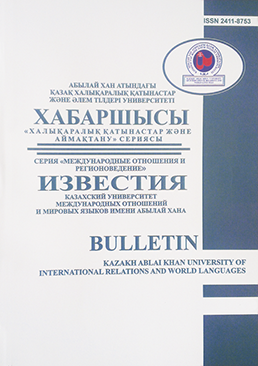LABOR MIGRATION IN CENTRAL ASIA: ADAPTATION TO NEW GEOPOLITICAL REALITIES
DOI:
https://doi.org/10.48371/ISMO.2025.59.1.012Keywords:
labor migration, return migration, Central Asia, Russian-Ukrainian conflict, labor market, remittances, migration situation, labor forceAbstract
The article examines the transformation of migration processes in Central Asia against the background of the Russian-Ukrainian conflict and its consequences for the region. The study shows that the traditional model of labor migration, focused mainly on Russia, is undergoing significant changes. The main factors influencing these changes are analyzed, including economic sanctions against Russia, the weakening of the ruble and the new migration policy of the Russian Federation. Special attention is paid to the emergence of new centers of attraction for migrant workers, in particular, the strengthening of the role of Kazakhstan and the growing interest in the countries of the European Union.
The analysis demonstrates significant structural changes in the directions and nature of migration flows. The study reveals the intensification of the processes of "return migration" and the diversification of labor migration routes, which creates new challenges for the countries of the region. Special emphasis is placed on the economic component of migration processes, including an analysis of the impact of remittances on national economies and an assessment of the risks associated with their potential reduction in the context of geopolitical instability.
Based on a comprehensive analysis of statistical data and current trends, the article offers practical recommendations for adapting migration policy to new realities. Promising directions for the development of labor migration are considered, including the possibilities of expanding the geography of migration flows and improving mechanisms for protecting migrants' rights. The results of the study can be used to develop strategic decisions in the field of migration policy in Central Asian countries and to predict the further development of migration processes in the region.







